(11891 products available)


























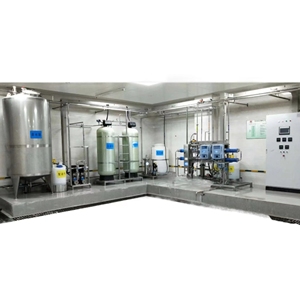
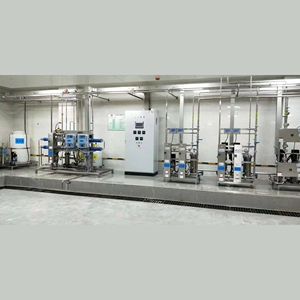
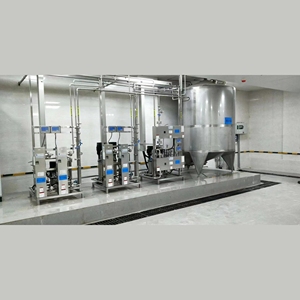
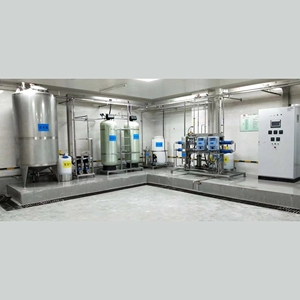
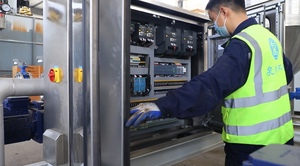



























































































































































































The primary function of a sand water filtration system is to remove impurities, sediments, and contaminants from water sources through a natural process. It is used globally to provide clean drinking water.
A traditional sand water filter consists of a graded filtration media bed of coarse to fine sand, gravel, a top perforated collector plate, a bottom header with a drain and tubing connected to a pump, and a filtration tank. There are many designs and variations of the sand filtration system to suit specific environments and requirements.
Groundwater Well Sand Filter
This sand filter is used to purify groundwater sources like bore wells. Well water is drawn into the filtration tank through a pump. The pump's suction creates a negative pressure at the bottom, helping the water pass through the sand layer, where impurities get trapped. Clean water then moves to the well's storage or distribution system.
Slow Sand Water Filter
It is an economical and sustainable method of treating drinking water. Fine sand, typically 0.15 to 2 mm in diameter, is used in the process. The filtration tank has a sand layer of around 1-1.5 m covered by a 0.1-0.7 m biological layer called schmutzdecke. The filter functions as a complex ecological system. The filter can provide clean drinking water for several years but has to be cleaned manually when the turbidity goes up.
Rapid Sand Water Filter
It is a very popular design used in large municipal water treatment facilities. Unlike the slow sand filter, where water percolates through the entire depth of sand, the rapid sand filter has a sand bed of just 0.6-1.2 m. It is supported by a gravel bed and outlet pipes. The filter tank is designed to backwash itself periodically to clean the sand. This process is suitable for treating large quantities of water in a day.
Pressure Sand Water Filter
It uses a pump to push water through sand under high pressure. The outlet is usually an overhead tank that stores the filtered water. The pressure sand filter has the advantage of taking less space and more filtration speed. It is commonly used in swimming pool filtration systems, water treatment facilities, and the chemical industry.
Up-flow Sand Water Filter
Unlike other designs where water flows through the sand, the up-flow filter has water flowing in the opposite direction, from the bottom to the top. This process helps to reduce the formation of fouling layers and the bacterial decomposition process, which helps to decompose the organic matter rapidly. The process improves filtration efficiency and reduces the frequency of backwashing the filter.
Proper maintenance is essential to ensure the long lifespan of a sand filter and its efficient operation. Below are some maintenance tips for sand filters:
Sand filtration systems for water are commonly used in large-scale public water treatment plants. Here they provide additional purification of drinking water after it has gone through chemical treatment and other forms of water treatment. These large systems can be made to have extra filters and larger tanks to fit the production needs of an entire city or region.
Sand-based filters are the backbone of small rural water treatment methods. In places where there is no centralized water supply, they are often used as the main or only system for purifying drinking water. Here, sand filter systems not only provide safe drinking water for people but also improve the quality of water for local agriculture and livestock.
In industrial settings, such as construction, mining, or manufacturing facilities, sand water filtration systems are utilized for cooling towers, process water, and equipment cleaning. Industries often use these systems to recycle wastewater to minimize their carbon footprint and cut costs.
Aquatic parks and swimming pool resorts rely heavily on sand water filtration systems to maintain clean and transparent water in their pools. These systems swiftly remove contaminants like chlorine and other pool chemicals, bacteria, and organic waste to keep the water safe for guests and staff.
Aquariums and zoos use sand water filtration systems to keep the habitat of the animal enclosures clean. In large tanks and animal breeding facilities cleanliness is very important to avoid spread of disease and keep the animals healthy sand water filters are use to get rid of disease-causing organisms and parasites in the water so that animal health is always a priority.
Sand filtration systems are also installed in households and homes where they use the filtered taps to get drinking water. Other uses in the house for sand water filtration systems include showerheads to reduce chlorine exposure when bathing and laundry machines to prevent mineral buildup and extend the life of appliances.
When buying a sand water filtration system, certain aspects about the design, usage, and functionality should be considered.
Water quality influent and desired outcome
Data to note here include the total suspended solids, turbidity, pathogens, and any specific contaminants present in the water. Define the desired water quality after treatment. This would include specifying the maximum allowable level for residual turbidity and identifying any particular contaminants that need removal. These factors should influence the type of sand filter chosen.
Appropriate technology
Given the large number of sand water filtration systems, choose one that suits the specific location and purpose. Options may include rapid, slow, or septic sand filters, each with its unique mechanism and ideal use environment. A rapid sand filter, for example, has a same bed depth range of 0.9 to 1.2 m and works quickly. On the other hand, a slow sand filter is generally deeper, about 1.5 to 3.0 m, and takes microbial action within the sand to filter the water.
System design and capacity
Consider the system's design and capacity to handle the anticipated water flow. Key details to note here include the filter dimensions (length, width, depth), volume and surface area, as well as the filtration rate. A properly sized sand filter will prevent overloading and ensure efficient operation.
Maintenance requirements
Every device needs maintenance, and the sand water filtration system is no different. Some systems may require frequent replacement or clean of sand, while others may not. Note the requirements and see if they are suitable for the business's practical needs.
Q1: Which type of filter is sand filtration?
A1: Sand filtration is categorized under gravity filters. Other examples of gravity filters are dual-media filters, strainer, and slow sand filters.
Q2: How does the sand filtration system work?
A2: When the water is poured on the sand, the air pockets trapped in the sand create enough pressure to break the water into smaller particles. Bacteria and other impurities are then trapped in the sand, while clean water moves down the layers.
Q3: Is sand filtration the same as gravel filtration?
A3: No. Gravel filtration is commonly used in water treatment plants. Furthermore, gravel filtration systems have larger pores than sand filtration systems. As a result, the system can treat a higher flow of water.
Q4: Does sand filtration remove hardness?
A4: Yes. Sand filtration systems can be used to remove water hardness. Nevertheless, water softeners are more effective when minimizing water hardness.